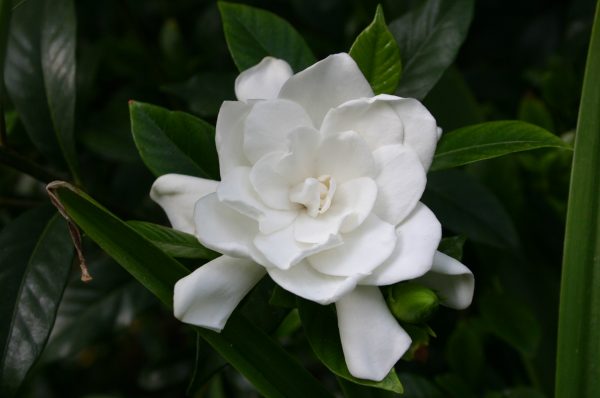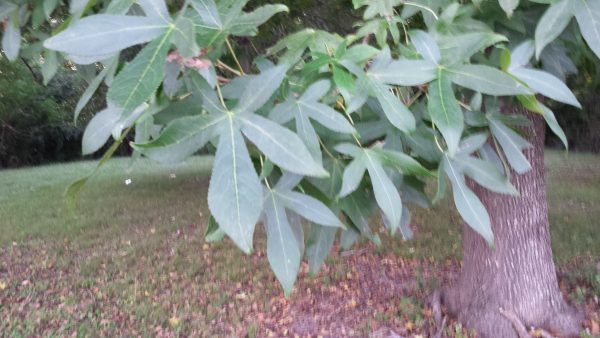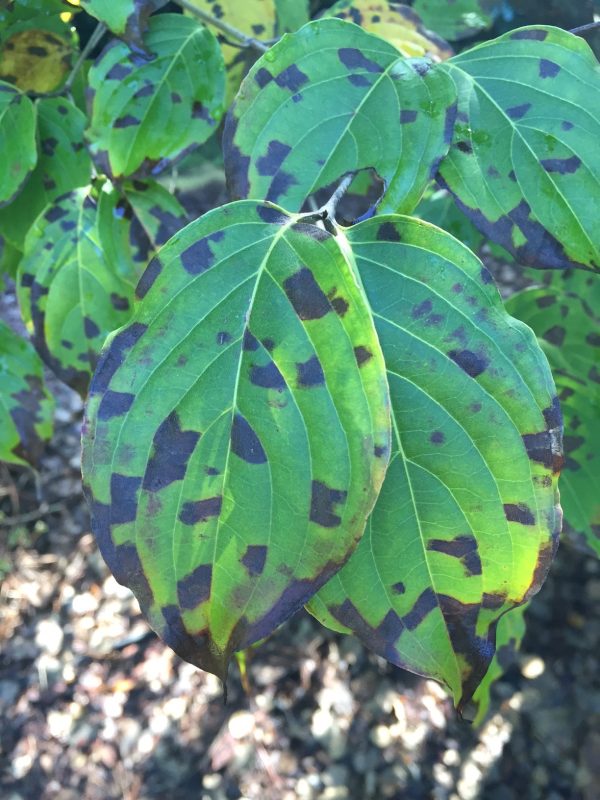Ground bee identification
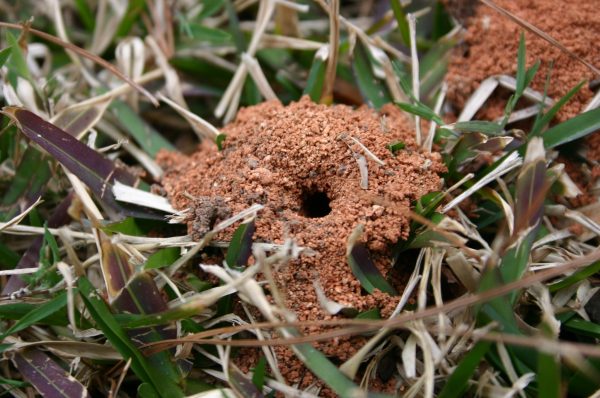
One of the benefits of experience is knowing when something isn’t a big deal and, conversely, when something happens that could be worrisome. When I saw small mounds of clay, with hovering bees nearby, in my lawn this afternoon I was happy to see them! This marks the seventh consecutive year that ground bees have graced me with their presence.
We’re all familiar with honeybees that live in colonies but ground bees prefer the solitary life. They nest in shallow burrows in the ground, usually in a sunny spot. Look for a mound of soil standing two inches high, with a quarter-inch diameter hole in the center. Burrow structure varies according to species, but generally there is a vertical main tunnel with side tunnels branching off from it, each terminating in a single egg cell.
Nesting females attract large numbers of stingless males that fly around the same spot for several days in a mating display. If you look closely you’ll see individual golden-gray non-aggressive female bees emerging from the earthen tunnels in your lawn.
Ground bees hatch from the ground in spring and go about their vital business, pollinating flowers and vegetables. They are not aggressive and rarely sting, even if you stand in the middle of a newly hatched bunch of buzzers. I walk through them all the time.
No control is necessary. They will disappear in 10 – 14 days. If the mounds are objectionable, wash them away with a garden hose.
See also
Ground-Nesting Bees
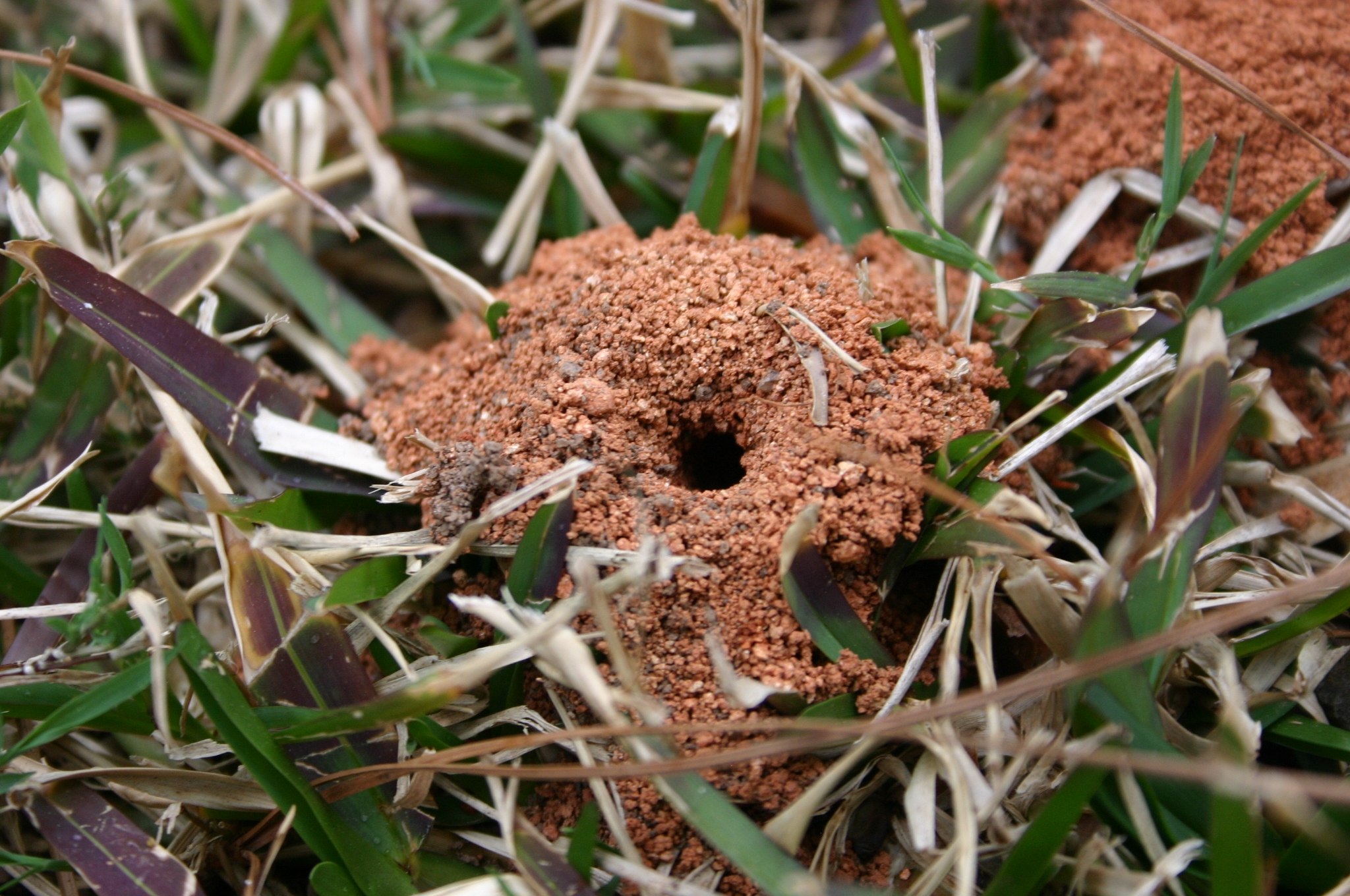
ground bee hole

ground bee burrow
earthworm castings on soil




